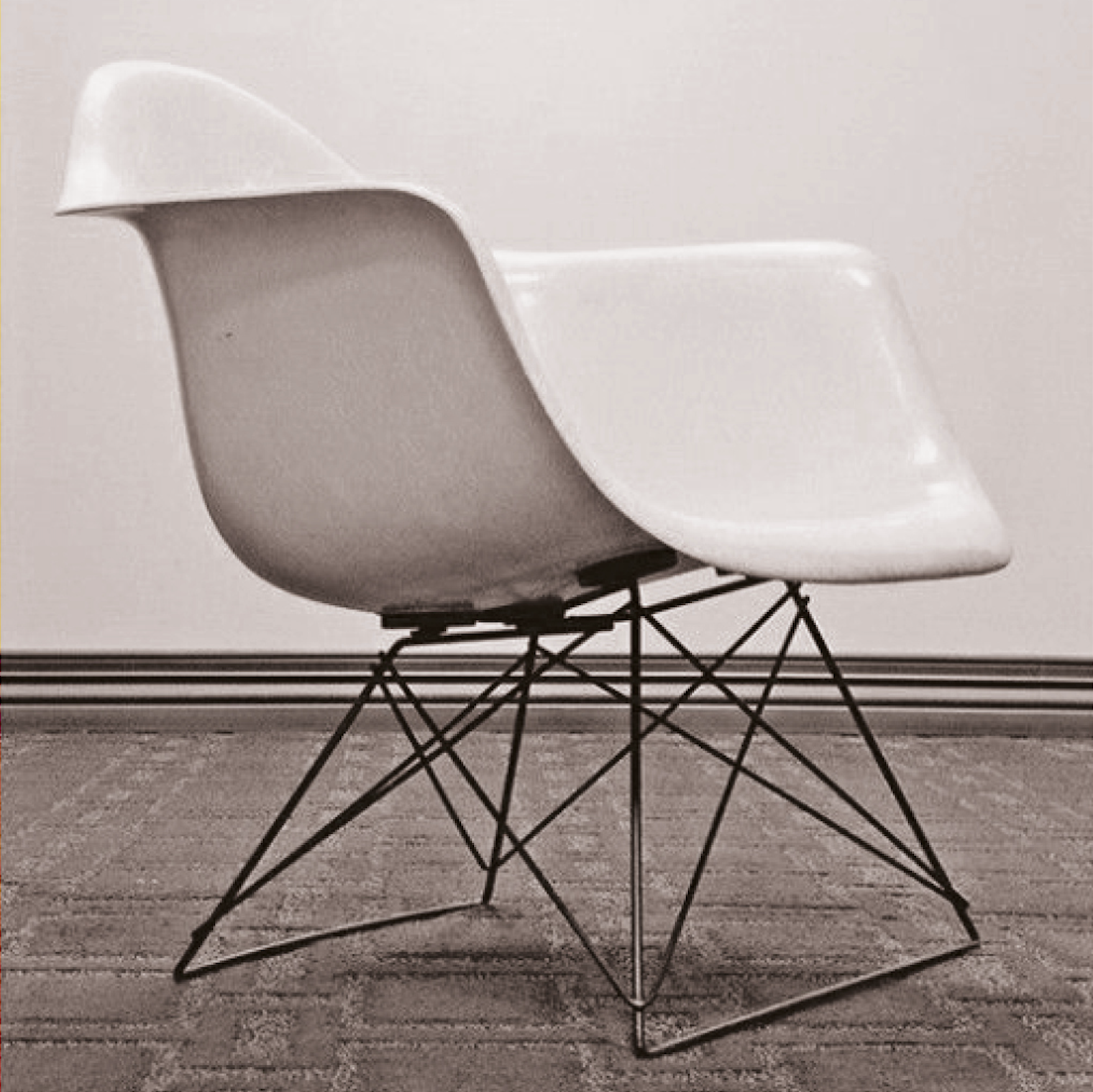CULTURAL SERVINGS:
EPHEMERAL ECHOES
EDWARDIAN PURSE
SCRIMSHAW AND LOVE TOKENS
PILCHARDS AND TROYL
BELTS
LEATHER TANNING
BEER TIME
BEER MATS
LUNCH BOX
SLOW MOVEMENT
SUMMER HEAT
NATURAL DYES
FRAKTUR ART
THE CRIES OF LONDON
SHAKER FURNITURE
BAUHAUS BRUTALISM
BAUHAUS INTERIOR
BAUHAUS SPIRIT
BAUHAUS HISTORY
ROMANTICISM AND REVIVAL
HISTORY OF THE MUSEUM
CABINETS OF CURIOSITY
BAUHAUS INTERIOR





FUNCTIONAL BEAUTY
The Bauhaus began as an educational institution, but what it became was an aesthetic so strong that its legacy has continued a century after its foundation. Its core ideology was to prioritise function over form. Before the Bauhaus there was a divide between artists and craftsmen, the introduction of this new ideal introduced the designer, who oversaw the entire making process. From concept, through to execution and outcome. The Bauhaus was in part, a reaction to the age of ornament. Before the war, much furniture and architecture was designed with decoration and ornamentation: extra bits and pieces which in no way contributed to functionality. By prioritising function, Bauhaus work achieved its own type of beauty because it was so beautifully fascinating that something that sleek and minimal, worked so well and looked so simple. The Bauhaus paved the way for movements such as Mid-century Modernism, Minimalism and Brutalism, which were all brought into the mainstream around the 1950s and 60s.
MARCEL BRUER
Whilst Bauhaus started out in Germany, its influence was dispersed across the West as students and tutors’ religious and political views were threatened under Hitler’s rule. Marcel Bruer, who led the carpentry workshop at the Bauhaus, emigrated to England because of his Jewish heritage. In Germany, Bruer was renowned for his metal furniture designs, particularly the Wassily and Cesca chairs. Raw metal, welded into simplistic and angular forms, followed the Bauhaus ideals to a tee. However, English consumers, who were not yet fully accustomed to the cold style of the Bauhaus, preferred the warmth of plywood to cold steel. Thus, Bruer adopted a new technique called Steam Moulding. He would heat up plywood in a steam bath so that it could be easily bent and manipulated. His chairs were well received in the UK and brought knowledge of the Bauhaus further into the mainstream.
CHARLES AND RAY EAMES
A few years later, also advocates of the steam moulding technique, Charles and Ray Eames, were heavily influenced by the Bauhaus, falling into the Mid-century Modern movement. This movement was similar to the Bauhaus as it prioritised form over function, however, the designs appeared softer and more playful, and they were marketed to a more mainstream audience.
Like members of the Bauhaus, the Eames couple wanted to create affordable decor that was not bound to any class. They incorporated fibreglass into their minimalistic designs to keep the price tag low. In fact, their most famous piece, the Fibreglass Armchair, was intentionally designed for the ‘International Competition for Low-Cost Furniture Design.’ The Bauhaus had pioneered this functional approach before the war. However Charles and Ray made it mainstream. Their designs were pleasing and accessible, attractive to young executives, not just artists and intellectuals. Charles focused on the functionality of the design, whilst Ray brought the fun and playful personality of the items. Despite the fact that both Ray and Charles passed away over 30 years ago, their designs are still in production across the globe.